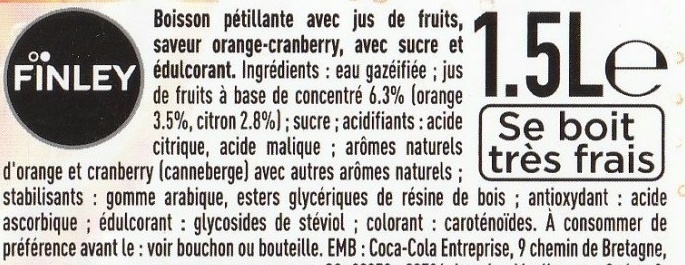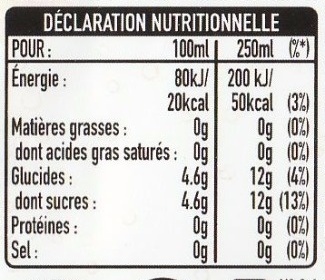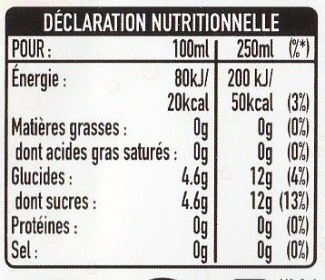Boisson Orange saveur cranberry - Finley - 1.5 l
This product page is not complete. You can help to complete it by editing it and adding more data from the photos we have, or by taking more photos using the app for Android or iPhone/iPad. Thank you!
×
Barcode: 5449000204417 (EAN / EAN-13)
Common name: Boisson pétillante avec jus de fruit, saveur orange-cranberry, avec sucre et édulcorant
Quantity: 1.5 l
Brands: Finley
Categories: Plant-based foods and beverages, Beverages, Plant-based beverages, Carbonated drinks, Fruit-based beverages, Artificially sweetened beverages, Sodas, Diet beverages, Fruit sodas, Diet sodas, Light fruit sodas
Labels, certifications, awards: No preservatives, Made in France, fr:Faible en calories
Manufacturing or processing places: France
Stores: Super U, Leclerc, Carrefour
Countries where sold: France










